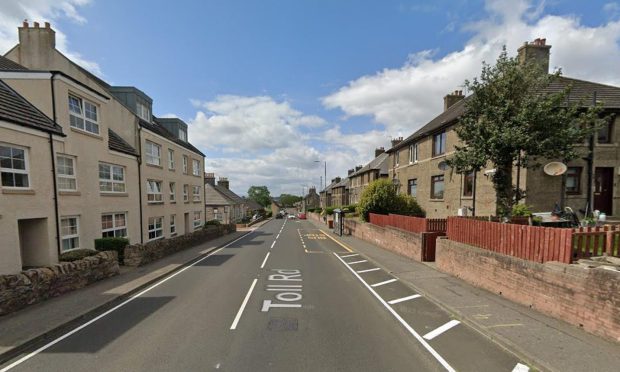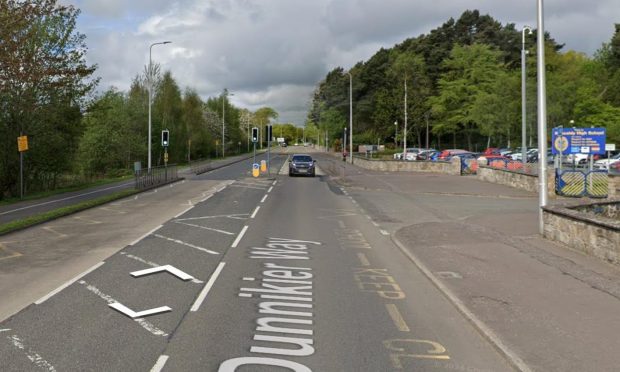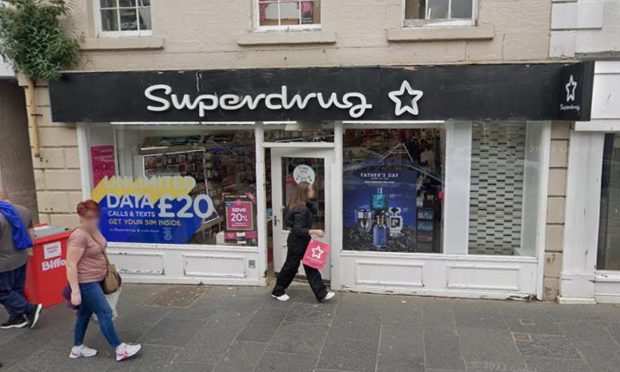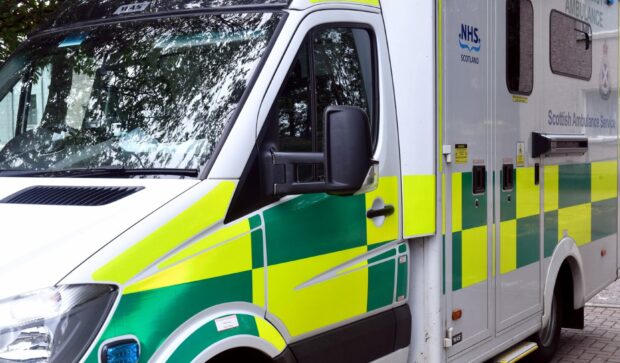Fife Council may develop a network of trained mental health first aiders to help cut its £16 million sickness bill.
It is hoped the radical approach to respond to mental health crises in the workplace will combat stress among the 17,400-strong workforce.
Stress is the cause of 19% of all sick days within the council and it is feared the number of job cuts at the cash-strapped local authority since 2010 has contributed by piling pressure on the dwindling number of employees.
With 220 additional job losses expected in the next three years, mental health first-aiders are just one of a range of measures being looked at to support workers.
Other options include providing staff in hot spot areas with direct access to a nurse to help them manage their sickness and return to work.
Managers and supervisors are also receiving training to give them the skills and confidence to manage absence effectively.
Sickness levels within the council have been slowly increasing over the last few years, according to head of human resources Sharon McKenzie.
During the same period, the workforce has steadily reduced by 12% – including the loss of 300 managers and 19 supervisors – meaning fewer staff doing more work.
Ms McKenzie said in 2016/17 an average of 10.18 working days per each full time equivalent employee was lost due to sickness.
Of those, 19% was due to stress and 28% was because of musculoskeletal problems.
Sickness is higher among craft workers — joiners, builders and electricians — with 11.54 days lost last year, but much lower among teachers who took an average of just 6.4 days off ill.
Councillor Linda Erskine, the council’s HR spokesperson, said the £16m cost to the authority only included sick pay.
“It doesn’t cover hiring other people to cover posts,” she said. “The costs are actually much greater.”
She added: “We had quite a successful pilot a few years ago to get the figures down.
“I’m not surprised it’s come back up again because we have lost a lot of staff, particularly at management level.
“It’s important sickness and absence is managed very positively.”
Councillor Linda Holt said the rise in sickness appeared to correlate with organisational change and the loss of posts.
“Anecdotally, when you talk to people they tell you they are working much harder and having to do more with less. That’s causing a lot of stress,” she said.










